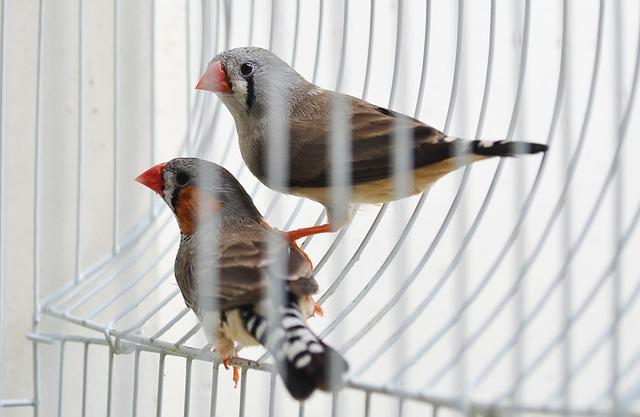Overview
In evolutionary divergence, the changes in a species can vary, including physical outward characteristics, behavioral, or anatomical. A classic example of divergent evolution is the finches of the Galapagos Islands. Charles Darwin noticed how the finches that inhabited the island display great variation in their beak structure. The beaks of each species were specifically suited to the diet of the finch. Darwin theorized that finches had evolved from a single species in order to avoid competition for food sources. By developing a unique beak structure, each species could take advantage of a specialized diet; thus avoiding competition with other finches.
Scientific Terms
Materials
- Internet access
- Poster board
- Glue stick, paste, or tape.
- Paper
- Markers
- Printer
- Scissors
Procedure
You will be creating a display for your science fair project.
Note: Refer to the resources under the bibliography section as well other online resources to conduct this science project.
- Think of an animal species that interests you. In the following procedure, the fox will be used as an example.
- Use the internet to identify the various species of foxes that exist. You can select as many species as you want. In this procedure, the red fox and fennec fox will be used.
- Research the habits of the species you selected. Consider:
- Habitat
- Diet
- Predators
- Climate
- Research the differences that exist between the species. Example: The red fox has a reddish coat, while the fennecs fox has a light fur color. Red foxes live in meadows, fields, and woodlands, while the fennec fox lives in the deserts of Africa.
- Infer how the differences in the species could serve as adaptations to the environment. Example: The reddish fur color of the red fox enables it to blend into the woodlands, while the light color of the fennec fox acts as a camouflage against the desert sands.
- Create the elements for your science project display by doing the following:
- Print out pictures of your species.
- Print out picture of the species habitat.
- Print out any additional information that supports how the species differ.
- Write out a description of divergent evolution.
- Write a background on your species and its habitat.
- Write a conclusion about what you learned from this project.
- Attach your information to the poster board to make a display.
References
- Divergent Species http://www.psychpage.com/learning/library/assess/feelings.html
- Homologues and divergent evolution http://darwinwasright.org/divergence.html
- Divergent evolution http://www.brightstorm.com/science/biology/evolution/divergent-evolution/

